
Bridging Visas
Bridging Visas are not “standard” visas, yet a lot of our prospective clients ask us about them, and they are often misunderstood. They are definitely not like ordinary visas that allow you to visit Australia or to remain in Australia. They do a very specific job.
Please note that this page will deal with the standard bridging visas that our clients will normally be involved with, and not the compliance visas for overstayers or some of the specialized bridging visas.
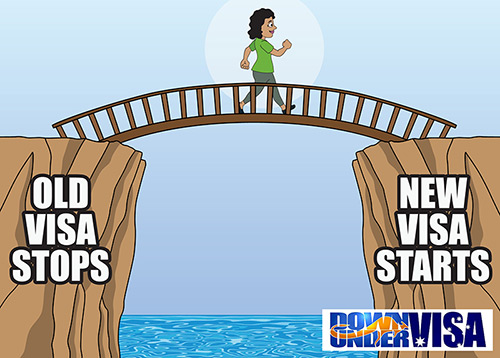
What does an Australian Bridging Visa do?
A bridging visa is a bridge between two visas. It’s purpose is to keep a non-citizen (someone who isn’t an Australian Citizen) lawfully in Australia. In other words it keeps you out of trouble, and takes away the risk of being deported or ending up in an Immigration detention center. It means you have a visa….instead of having no visa at all, usually because the previous visa expired.
What is an Australian Bridging Visa NOT?
A bridging visa is NOT an alternative to a partner visa because you:
- Do not have money for an application
- Are not ready to marry and therefore not ready to apply
- Can’t decide which visa option
If that were the case, it would be called an “Island Visa”, because it would be a resting spot while you sorted yourselves out. No Island Visas exist, I’m sorry to say.
It’s also not an alternative to any other sort of visa. So if you were planning to apply for a bridging visa instead of another type of visa, please think again.
How do you apply for a Bridging Visa?
In most cases you do not apply for a bridging visa. In most cases it’s granted automatically and not a separate application at all. We’ll explain below about the main Australian Bridging Visas and how you acquire one.
Common Bridging Visas – Bridging Visa A (BVA)
A Bridging Visa A (BVA) is probably the most common of Australia’s bridging visas. This is the visa they issue when:
- You hold a “substantive visa”, ie not another bridging visa
- This visa has not expired or been cancelled
- You apply for another substantive visa onshore (inside Australia) and make a valid application (ie correct form, correct place, correct Visa Application Charge paid, etc)
- The current visa expires after you make the new visa application
- The new visa application hasn’t been finalized (ie still being processed)
When you do all these things, they will normally issue* a Bridging Visa A (BVA) automatically, and it will be issued when the existing visa runs out. When one visa expires on its last day at midnight, the BVA begins.
- It happens automatically.
- It requires no separate visa application form
- There is no fee
*I say “normally” because this is not a definitive guide to how to prepare your own visa application. It is general information and not specific information, for a complex set of laws that make up Australian Migration Law. Consult a Registered Migration Agent if you care about the result.
What does the BVA allow you to do?
It lets you remain in Australia lawfully (ie legally) during the processing of the new visa, regardless of how long this processing takes. If the visa application took several years, the bridging visa would remain during this time.
It may include work rights and/or study rights, or it may not. Normally it has the same Conditions as the visa it replaced, ie if it replaces a tourist visa with no work rights, then it will normally be granted with no work rights. However in cases where you apply for a partner visa, the bridging visa will normally be granted with work rights.
What it does NOT allow the holder to do is to travel overseas. If you travel overseas with a Bridging Visa A, it will cease and the visa holder will be unable to return. For an onshore partner visa applicant (where the applicant must be inside Australia for the visa to be granted) this is an especially tragic outcome!
Common Bridging Visas – Bridging Visa B (BVB)
A Bridging Visa B (BVB) is virtually a variation on a BVA, and it has a very specific purpose. A BVB is to allow a BVA holder to travel overseas and to return again.
How to you get a Bridging Visa B?
This is a bridging visa that you DO apply for. Application form and payment, and you wait for it to be processed.
- You need to be inside Australia when you apply
- You need to hold a Bridging Visa A at the time of application (OR a Bridging Visa B with an expired specified travel period)
- Note that this means you can’t get one if you have a Bridging Visa C
- You need to have a travel itinerary, ie not necessarily tickets purchased, but you should have existing travel plans. It’s not possible to get an open-ended BVB.
- You need to have a good reason to travel outside Australia at this time.
The BVB will in fact replace the currently-held BVA.
Conditions of a Bridging Visa B (BVB)
If/when granted, the BVB will come with a permitted travel period. If, say, you had applied to visit Philippines from 9th of October to 21st of November, they would probably grant the bridging visa with a specified travel period of 1 October to 30 November.
Now, it’s essential for a visa holder to comply with the specified travel period, ie not to try to return to Australia after the travel period has ended.
As stated already, the BVB will replace the BVA. And it will remain in place and function as a replacement for the BVA until the processing of the second visa has been finalized.
Please CONTACT US if you need a Bridging Visa B
And if you realise now that you were on the wrong track regarding applying for bridging visas instead of the correct visa, please let us assess your case and advise you via our free ONLINE ASSESSMENT FORM. It will take you five minutes.
Common Bridging Visas – Bridging Visa C (BVC)
A Bridging Visa C (BVC) is almost identical to a Bridging Visa A, except it has less flexibility.
- A BVC is issued when a visa applicant applies for an onshore visa after their existing substantive visa has already expired.
- Note that not all Australian visas may be applied-for by applicants who don’t still hold a substantive visa, and even when the new visa MAY be applied-for it is not necessarily a simple process. It can be very complex and may require additional documentation and waiver applications. Again, we strongly suggest using a Registered Migration Agent especially when you arrive at areas like this.
- Bridging Visa C’s do not allow a visa holder to travel outside Australia, and do not allow the holder to apply for a Bridging Visa B to allow travel.
- Bridging Visa C’s do not naturally come with work rights, although it is possible to apply for work rights when you can establish a compelling need to work (ie the income is needed).
Other than that, a BVC functions like a BVA and is issued automatically too.
DISCLAIMER
Information contained in this page is of a general nature. Informative, yes, but not a formula for preparing visa applications and should not be relied on as such. The devil is in the detail, rest assured. Australian migration law is complicated and Departmental decisions are inflexible and often final. Readers and future visa applicants and sponsors are advised to rely on professionals to ensure a happy outcome.

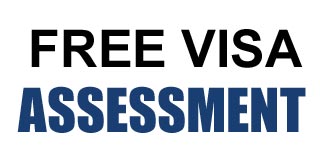
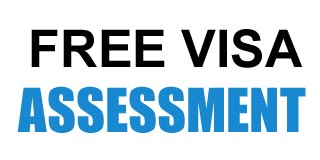




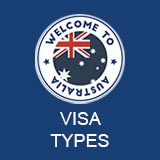
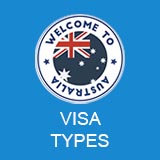












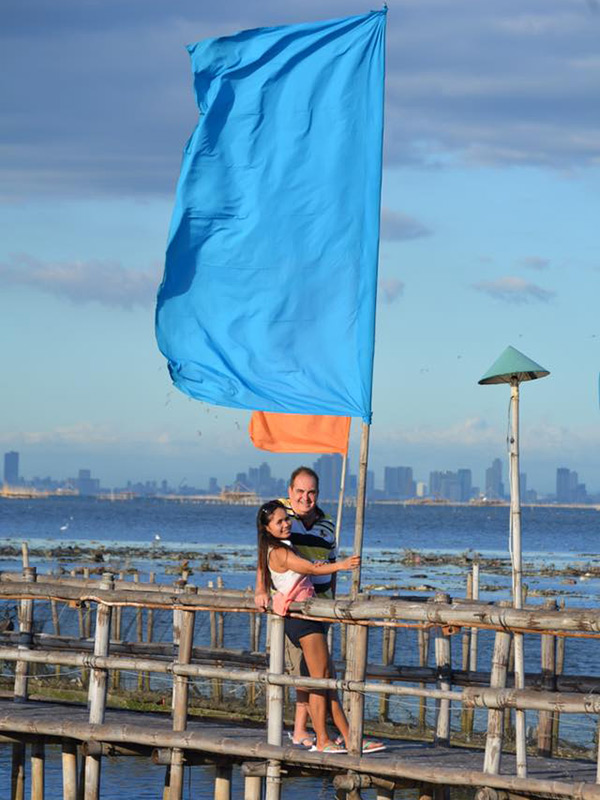


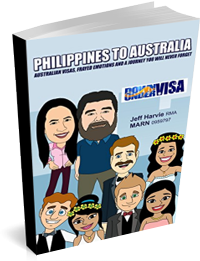
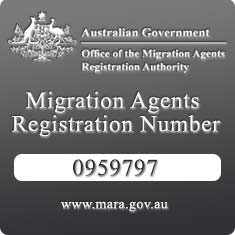
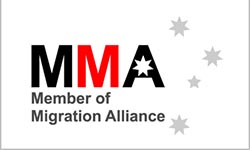
 Multiple Entry Tourist Visas – The Reality
Multiple Entry Tourist Visas – The Reality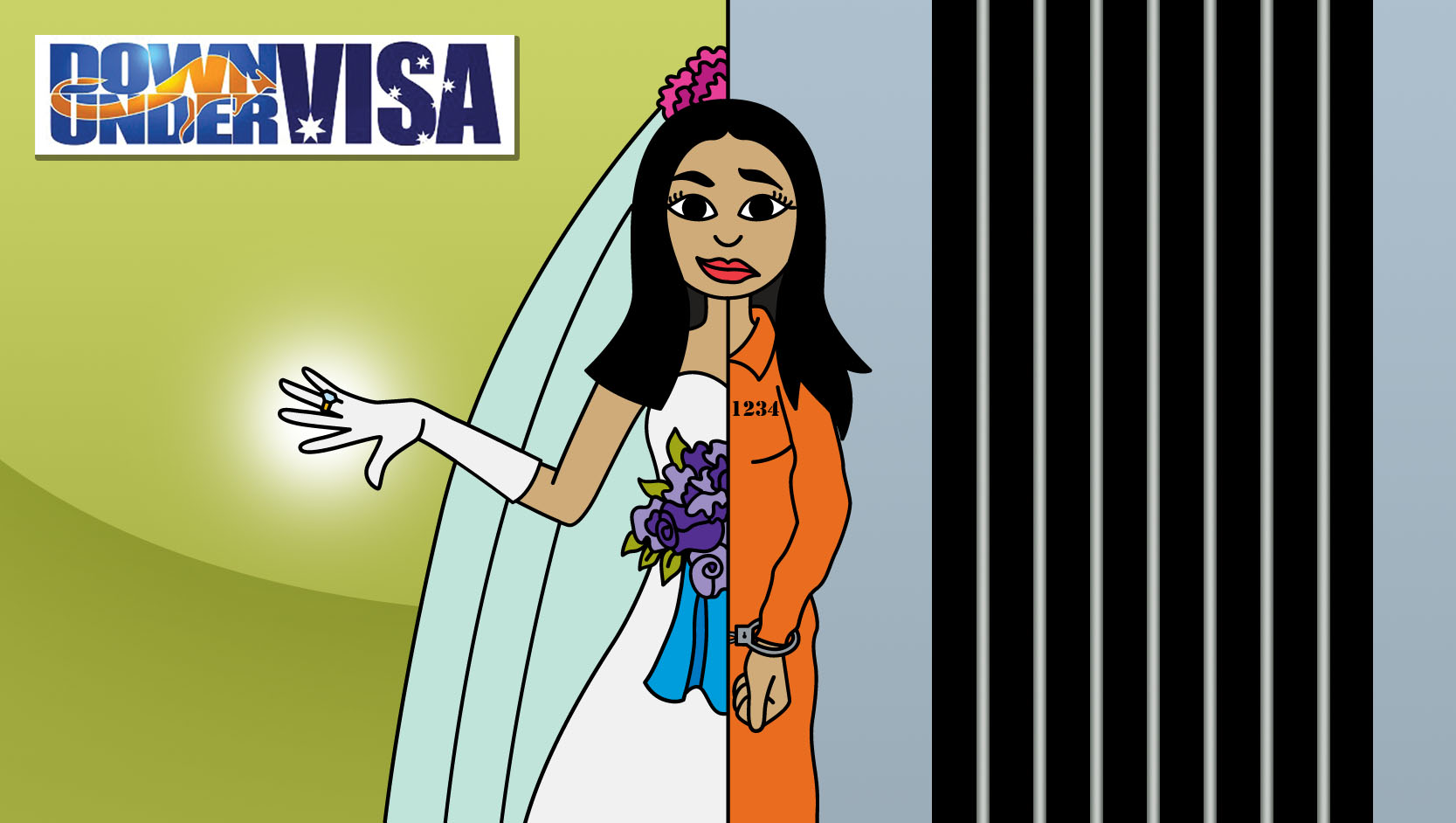 Still married but want an Australian Partner Visa
Still married but want an Australian Partner Visa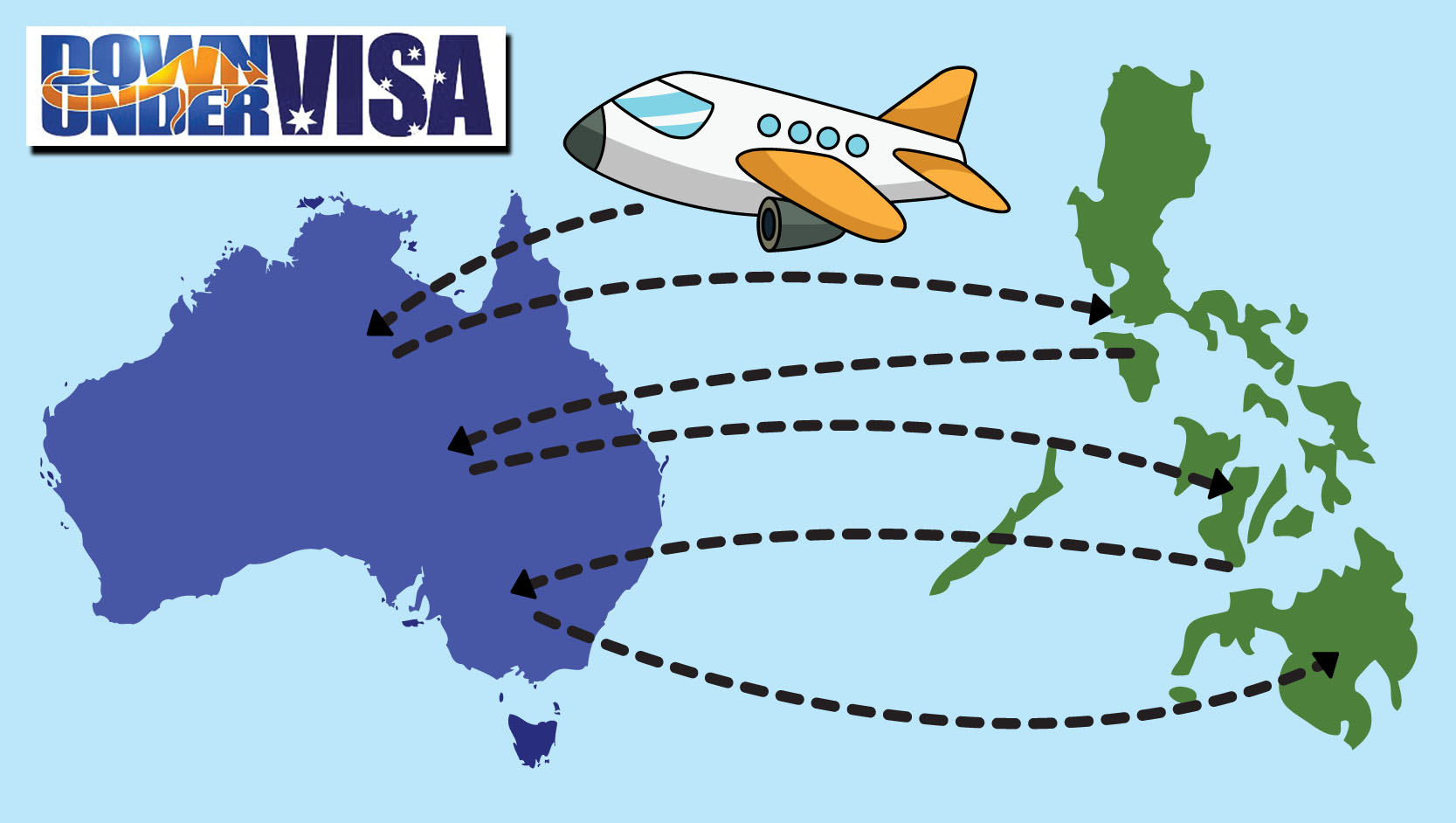 Welcome to Down Under Visa – Australian Partner Visa Specialists
Welcome to Down Under Visa – Australian Partner Visa Specialists Australian Partner Visas and New Families (ie babies arriving soon)
Australian Partner Visas and New Families (ie babies arriving soon) Down Under Visa – 2024 Christmas Vacation Dates
Down Under Visa – 2024 Christmas Vacation Dates


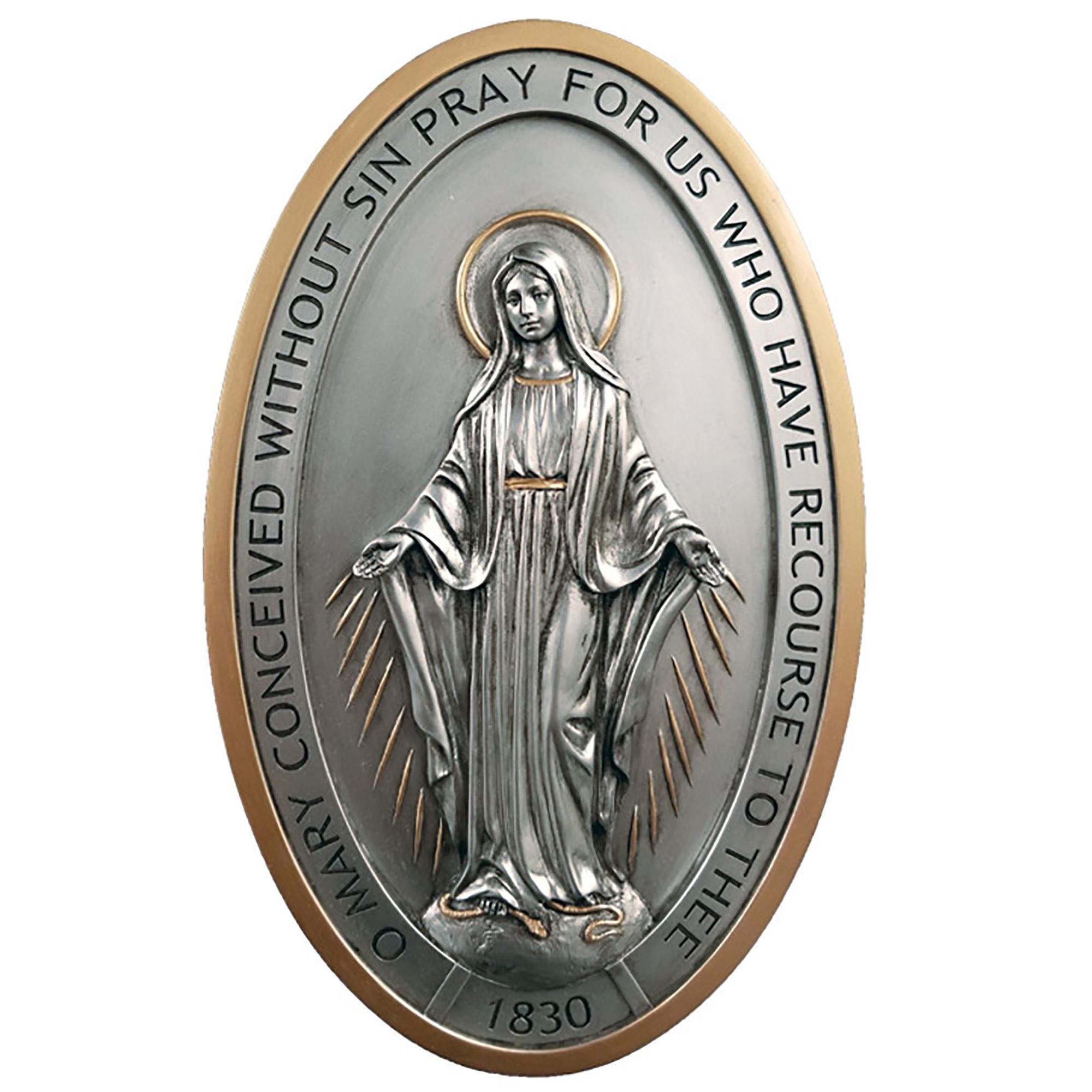
HI Jeff,
Actually me and my partner both hold BVA visa at the moment and we both are planning to travel next week and I already applied for our BVB through my immi-account.
But I’m not sure do I have to submit 2 seperate application for BVB visa or in 1 application for me and my partner is fine.
I only paid $145 fees for my application and I mentioned my partner as well in this application But I’m not sure do I have to lodge seperate application for my partner as well or not.Because last time my MARA agent lodge two seperate application for me and my partner for BVB visa and it cost me around $300.
So I’m bit confused.
Sorry, but this is the comments section to my BLOG articles. I don’t give out free how-to advice. I suggest you go back to your Registered Migration Agent and get some help.
Hey Jeff,
Great blog page and videos… one thing that is unclear from the language you use on a question is
“We want to travel immediately. Can we get a Bridging Visa B first?
No, you need a Bridging Visa A first before you can apply for a BVB.”
Assuming a BVA is granted, but Not Active. ie the original substantive visa has not expired. It is unclear from your information, if you can apply for a BVB once you have the grant, or must the grant be Active ? ie original substantive visa has expired and BVA is active. your answers are unclear. between BVA Grant and BVA Active Grant. Can you clarify ? Thanks